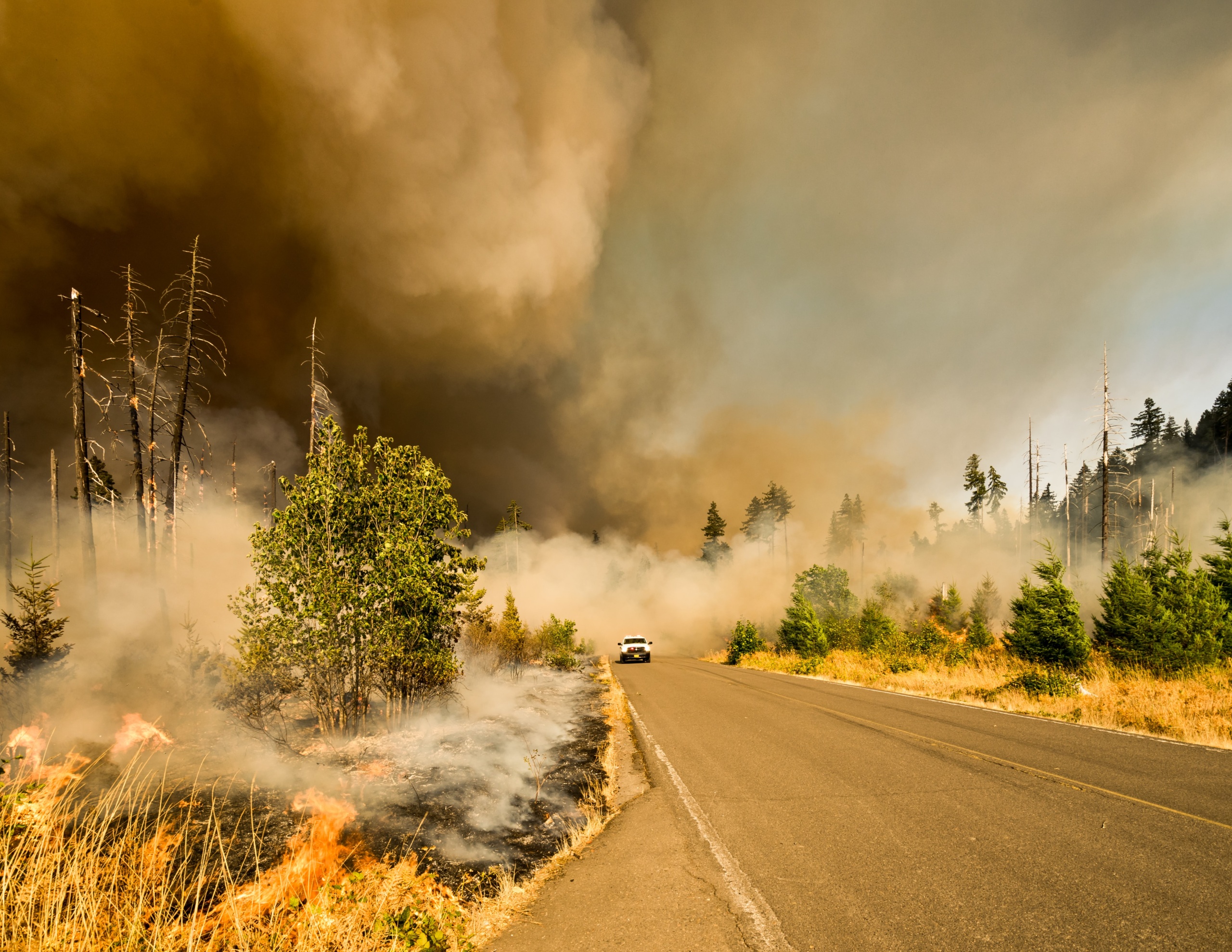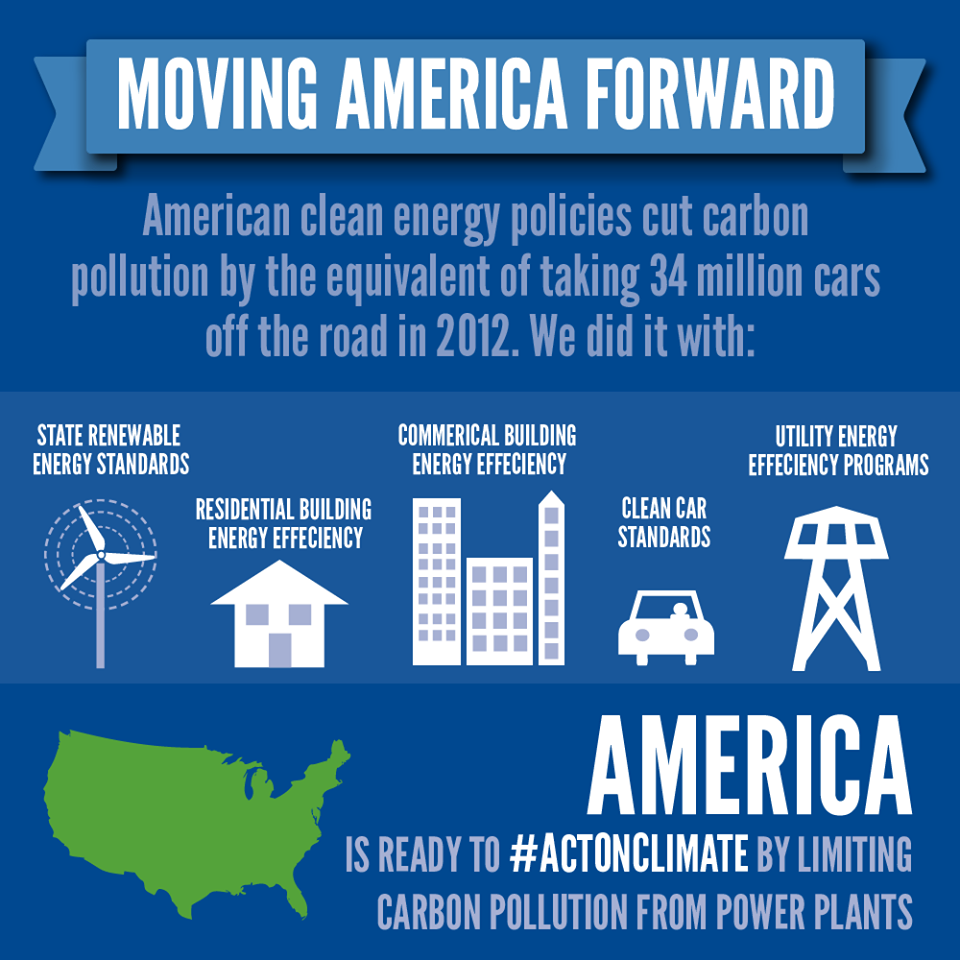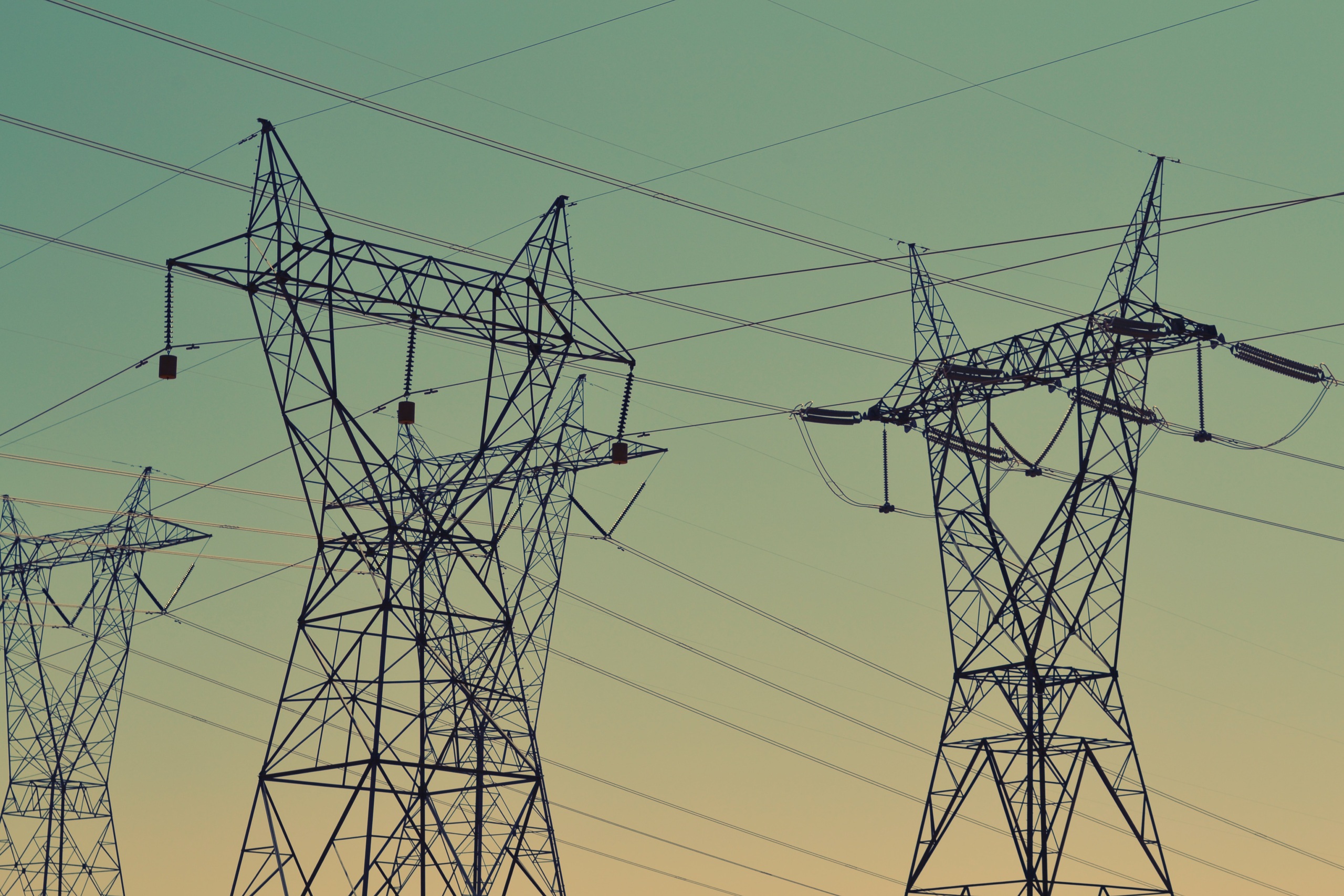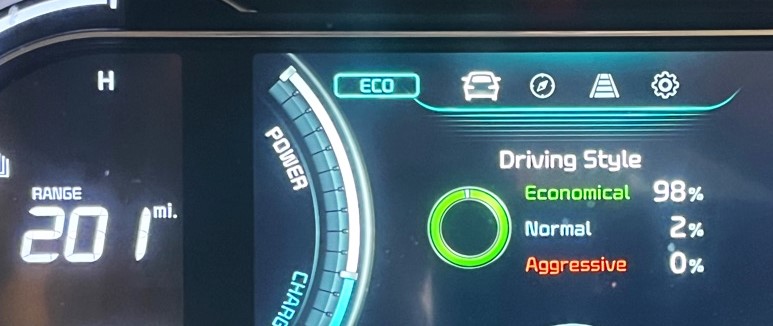
Moving America Forward
American leadership in the fight against global warming is crucial. America is the world’s largest economy, the second-largest emitter of global warming pollution, and the nation responsible for more of the human-caused carbon dioxide pollution in the atmosphere than any other. Without prompt action to reduce emissions of global warming pollution, catastrophic impacts – from coastal flooding to food system disruptions – could become unavoidable. On behalf of future generations, America has an obligation to act.

Downloads
Environment Arizona Research & Policy Center
Executive Summary
American leadership in the fight against global warming is crucial. America is the world’s largest economy, the second-largest emitter of global warming pollution, and the nation responsible for more of the human-caused carbon dioxide pollution in the atmosphere than any other. Without prompt action to reduce emissions of global warming pollution, catastrophic impacts – from coastal flooding to food system disruptions – could become unavoidable. On behalf of future generations, America has an obligation to act.
Fortunately, in the absence of a comprehensive response from the U.S. Congress, local and state governments and the Obama administration are providing leadership on global warming. Many states are taking concrete action to reduce global warming pollution. At the same time, building on the foundation of leadership laid by the states, President Obama is implementing elements of his Climate Action Plan through executive order.
State and executive leadership on global warming is already having a significant impact. A set of clean energy policies adopted by states and the federal government reduced U.S. carbon dioxide pollution by 162 million metric tons in 2012, equal to annual emissions from 34 million vehicles.
America is on the move. But science tells us that we will need to do much more to prevent the worst impacts of global warming. Leaders at all levels of government should build on existing momentum to use energy more efficiently, ramp up production of energy from renewable sources, and scale back the use of dirty sources of energy with negative impacts on the climate.
Efforts to increase the generation of electricity from clean, renewable sources of energy are making a concrete difference.
· Twenty-nine states have established state-level renewable electricity standards-, which require utilities to secure a portion of their electricity from renewable sources of energy, including the wind and the sun.
· The federal government has supported wind and solar energy through tax credits and through direct purchases of renewable energy. In 2012-2013, the federal government obtained 7 percent of its electricity from sources such as wind and solar energy.
· The amount of electricity generated from wind and solar energy increased four-fold from 2007 to 2012, driven by state RES policies and other factors, including federal tax credits for renewable energy. This helped avert 60 million metric tons of global warming pollution in 2012, equal to annual emissions from 13 million cars.
Efforts to cut energy waste and improve efficiency in homes, businesses and factories are preventing global warming pollution.
· Half the states have adopted energy efficiency resource standards, requiring that a share of energy demand be met with energy efficiency improvements, and many other states have different ratepayer-supported efficiency programs. State and local energy efficiency programs reduced global warming emissions by 44 million metric tons in 2012. In addition, the federal government has cut energy use in its buildings by 9 percent per square foot since 2007-2008.
· Efficiency standards for common residential and commercial appliances cut an estimated 15 million metric tons of carbon dioxide emissions in 2012 compared to a scenario without these policies. New or updated federal standards have been issued since 2009 that affect appliances responsible for 90 percent of residential energy use.
· New federal lighting standards cut electricity use and helped to avert 4 million metric tons of carbon dioxide pollution in 2012.
In the transportation sector, the Clean Cars Program has improved fuel efficiency and cut global warming pollution from cars, trucks and SUVs.
· Long before the Obama administration took office, California and 13 other states were developing and implementing their own state-level clean car standards. Beyond charting a path for pollution reductions for those states, these standards also pushed automakers to begin developing the cleaner cars that we see on the road today.
· This state leadership paved the way for the Obama administration to set the first-ever federal carbon pollution standards for vehicles, which began with model-year 2012 cars.
· In 2012, the Clean Cars Program and other changes in the transportation sector helped reduce vehicle carbon dioxide pollution by 39 million metric tons, equal to taking 8 million vehicles off the road for a year.
Other policies adopted by pioneering states have yielded additional emission benefits, while providing a framework for bigger savings in the future.
· California, Connecticut, Hawaii, Massachusetts, Maryland and New Jersey each have adopted statewide limits on global warming pollution, and by 2020 these caps could cut emissions by 270 million metric tons of carbon dioxide.
· Nine Northeastern states have banded together to create the Regional Greenhouse Gas Initiative (RGGI), which reduces greenhouse gas emissions from electricity generation by capping emissions, making carbon emitters pay for each ton of pollution and investing in additional measures to help reduce pollution. In 2012, RGGI-funded energy efficiency and renewable energy programs reduced carbon dioxide emissions by about half a million metric tons.
· California’s low carbon fuel standard requires the use of less polluting transportation fuels through the replacement of gasoline and diesel with electricity, biofuels and other clean fuels. The low carbon fuel standard saved 1.2 million metric tons of carbon dioxide equivalent in 2012.
The U.S. can achieve its emission reduction goals with increased deployment of clean energy and efforts to limit carbon pollution.
· In combination, the policies to improve energy efficiency, expand renewable energy and curb the use of dirty fossil fuels listed above prevented 162 million metric tons of climate-altering carbon dioxide pollution in 2012.
· The impact of these policies will increase over time as clean energy generation expands, as more buildings are renovated to be efficient, and as efficient vehicles replace more polluting ones. By 2020, these policies will annually prevent more than 500 million metric tons of carbon dioxide pollution – about 9 percent of 2005 emissions.
· Additional policy measures, including many of the elements of President Obama’s Climate Action Plan, can increase deployment of clean energy, further reduce pollution, and steer the U.S. economy away from fossil fuels and toward a clean energy future.
Reaching President Obama’s emission reduction goals will require action at all levels of government. In 2009, President Obama pledged to the international community that the United States would reduce its global warming pollution to 17 percent below 2005 levels by 2020. The clean energy policies examined in this report have produced savings equal to 16 percent of President Obama’s 2020 goal. Additional leadership at the federal, state and local level will be needed to help the nation meet this target.
· The Obama administration should move forward with the president’s Climate Action Plan, including cleaning up carbon pollution from new and existing power plants and leading the development of an international climate treaty capable of preventing the worst impacts of global warming.
· Every state should begin developing a plan to meet or exceed federal standards to limit carbon pollution from power plants. States should draw on the significant experience the nation has amassed to date with energy efficiency and the generation of electricity from renewable sources of energy.
· States and local governments should continue to shift toward a clean energy economy and aggressively reduce global warming pollution at every available opportunity. For example, every state should create or strengthen renewable electricity and energy efficiency resource standards, and local governments should push toward net-zero energy building codes.
Topics
Find Out More


Carbon dioxide removal: The right thing at the wrong time?

Fact file: Computing is using more energy than ever.

